The three-person exhibition now filling SF Camerawork’s second-floor gallery space could easily be titled Other Americas, or even Policing of the Past, Present and Future. Instead, it’s Focal Points, the kind of photography-pun-as-exhibition-title that doesn’t tell you much about the extraordinary images in it, let alone the deeply researched narratives presented by photographers Sarah Blesener, Brian L. Frank and Tomas van Houtryve.
But that’s okay — a picture’s worth a thousand words, right? Focal Points gathers Blesener, Frank and van Houtryve as the inaugural recipients of the CatchLight Fellowship, which provides photographers with a $30,000 grant and a media partner (Blesener, for instance, was paired with the Center for Investigative Reporting) to help facilitate their proposed project.
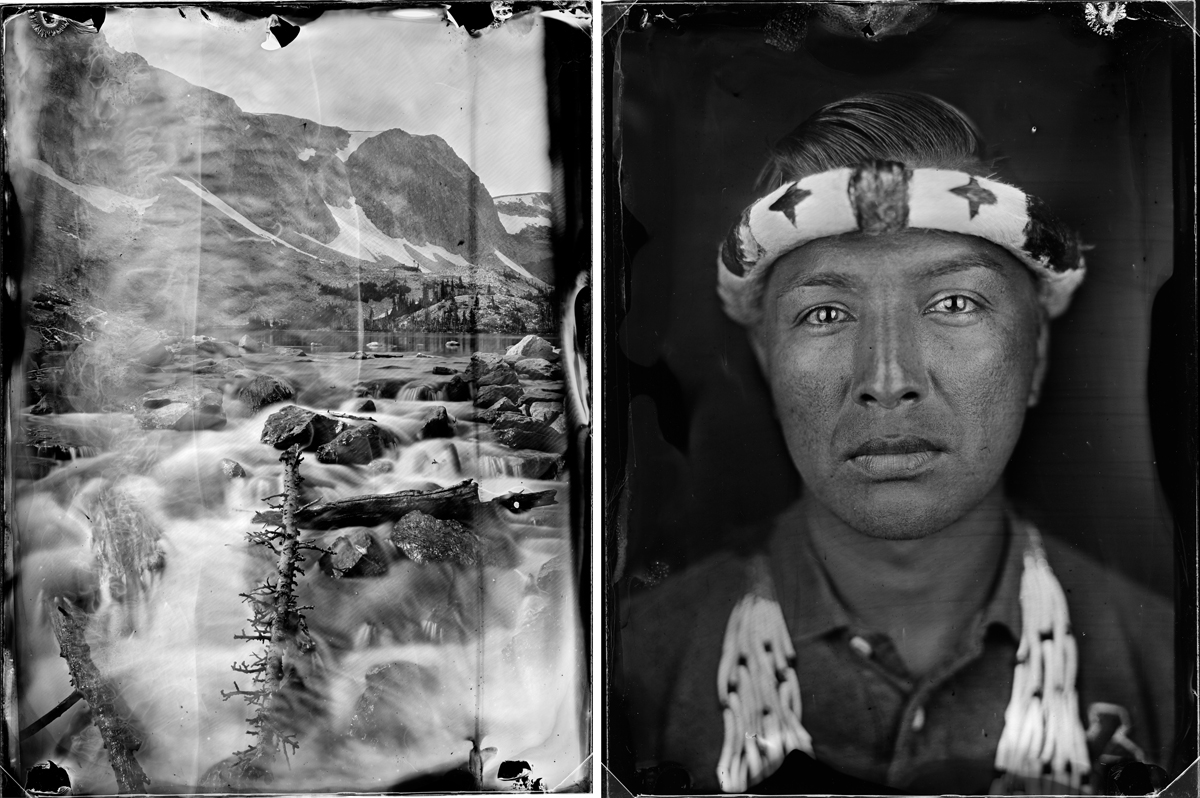
While the three photographers’ subject matter seems at first glance to be wildly different (training camps for young patriots, a forest prison for incarcerated youth, and the pre-1848 border between the U.S. and Mexico, respectively), they all depict lives little-seen in mainstream media. They also all show how people have been historically disenfranchised, aggressively policed and trained to police.
Van Houtryve’s Lines and Lineage is based on the Paris-based, San Francisco-born photographer’s long-term interest in what visual records can tell us about the world, and what’s missing from those records. His selection of images opens with a map of North America from 1839: Mexico stretches up the Pacific coast to the 42nd parallel (today the border between California and Oregon), across what we now call Nevada, Utah, Arizona, New Mexico, Texas, half of Colorado and bits of Wyoming, Kansas and Oklahoma.
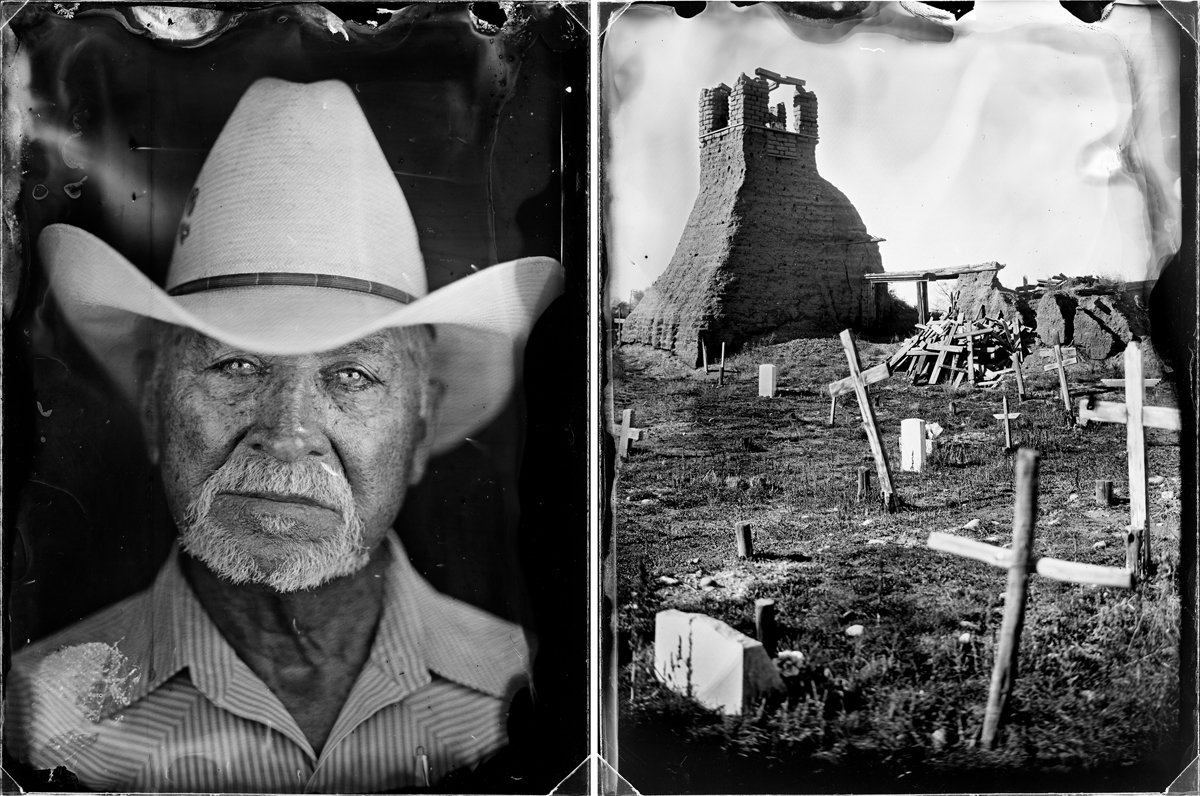
That border, which existed from 1821 (Mexico’s independence from Spain) until 1848 (the end of the Mexican-American War), made up van Houtryve’s path as he photographed both the descendants of people who lived in this contested space before it became the United States, and the landscape itself. These photographs, made with glass plates and a 19th-century camera, are van Houtryve’s attempt to fill in the holes from that period’s visual history. The post-1848 American West — that’s well documented, he says, perpetuating myths of white “pioneer” life — but the same land under Mexican rule escaped visual record, simply because photographic technology didn’t arrive in time.
And without visual evidence of a people or a government (one that abolished slavery nearly 40 years before the U.S. did, and gave black and indigenous people the right to vote), it becomes easier to eliminate a history, rewriting California’s past as if it began with statehood in 1850.
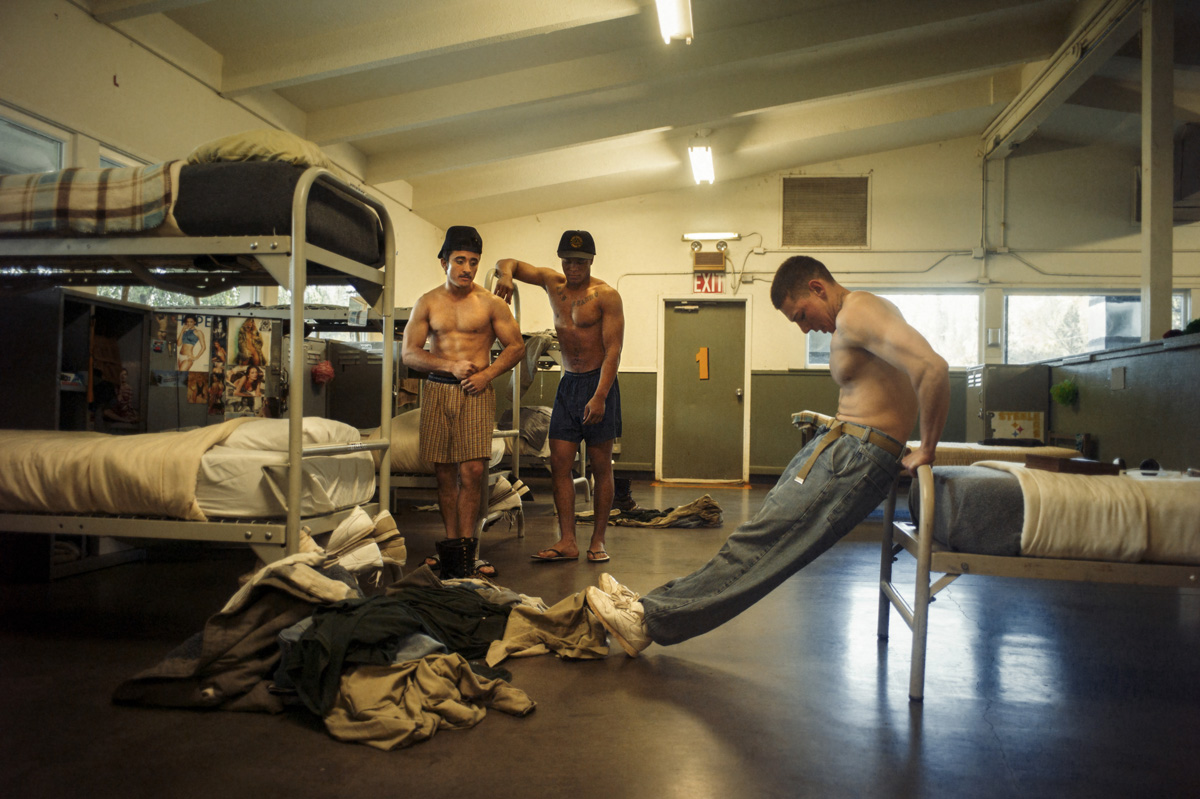
A similar refusal to let dominant narratives decree who and what gets seen is present in Frank’s series Out of Bounds: Coming of Age in “Gang Territory.” Documenting from within the Fresno police department’s gang units and inside Pine Grove Conservation Camp (jointly run by jointly by CAL FIRE and the juvenile justice division of California’s DOJ), the San Francisco-based photojournalist traces a line between targeted policing and teenage years spent doing hard labor.
Frank’s work captures intimate, vulnerable moments on streets and in institutional bunkrooms. Posing the question, “What kind of a society have we built, where a prison camp becomes a boy’s only experience of summer camp?” Frank’s photographs have a claustrophobic feel. Lit by either police flashlights or sterile fluorescents, his subjects are never seen under the open skies or puffy clouds one might associate with time spent in the Tahoe foothills.
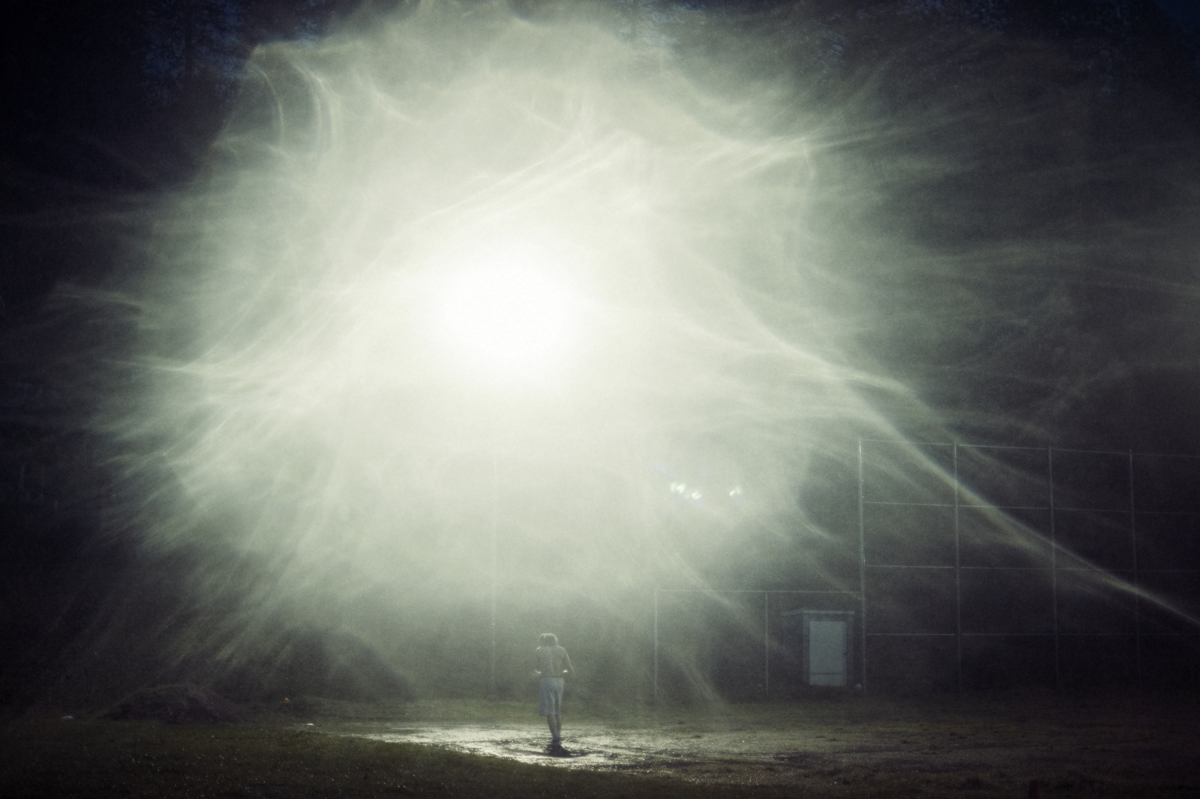
On the flip side of Frank’s project (literally, on the other side of a wall) is Blesener’s Beckon Us From Home, a series of images taken across the U.S. at patriotic, military, and survivalist camps, where children are mentally and physically trained in “what it means to be American.” (I’m pretty sure the 19th-century seizure of nearly half of Mexico’s territory isn’t in any of those lesson plans.) One of the camps she documents is the Explorer Program, sponsored by Homeland Security, which trains teenagers in law enforcement tactics at their local Border Patrol posts.
In Blesener’s photographs, adolescents in military-esque uniforms train with replica weapons, pigtailed girls at a “Utah Patriot Camp” learn about George Washington’s God-given ability to win in battle, and 17-year-olds in Northern Florida plan for life after an economic, environmental or Revelation-style apocalypse. New York-based Blesener casts no judgement, capturing versions of adolescence in America that definitely don’t fit the Bay Area paradigm of a youth well-spent.
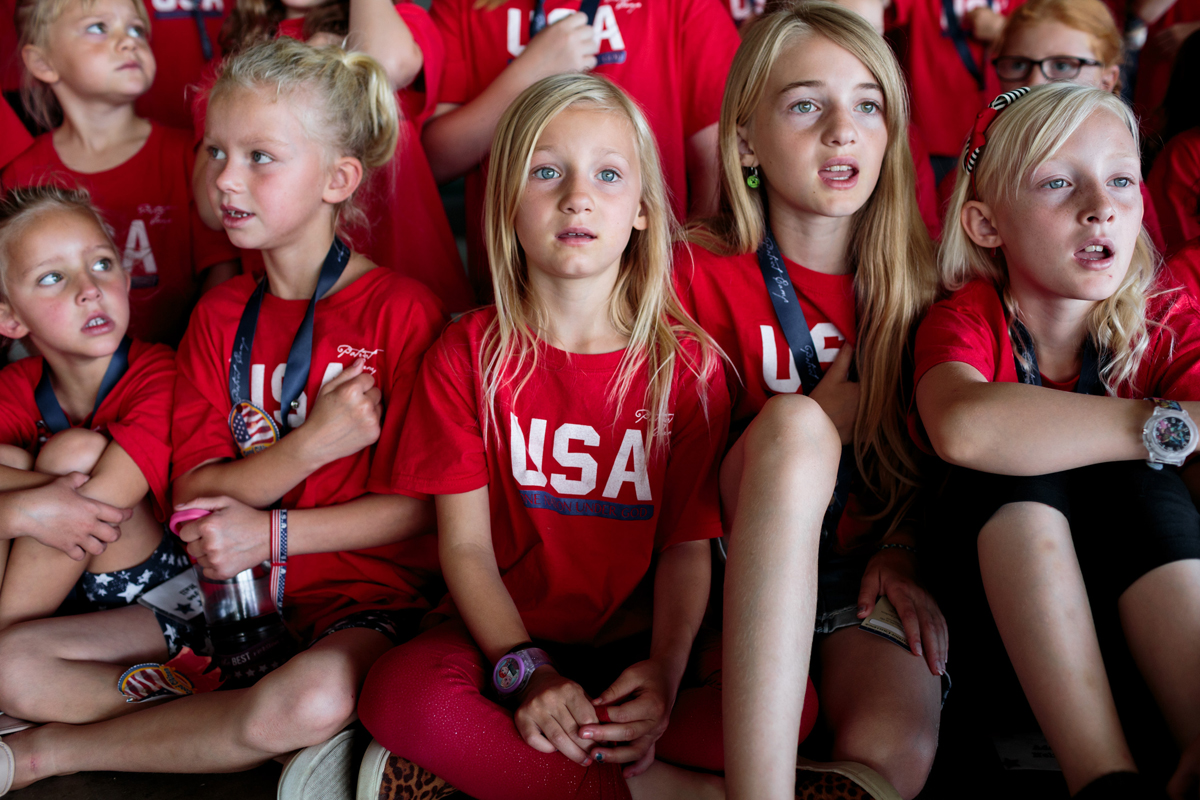
As an introduction to van Houtryve, Frank and Blesener’s work — and more specifically, to the urgently necessary subjects they depict — Focal Points is a tantalizing tease. But hopefully Focal Points will also provide jumping-off points, inviting viewers to recalibrate their understandings of what they think they know about the past, present and future of this place we now call the United States.

‘Focal Points’ is on view at SF Camerawork in San Francisco through June 27. The exhibition also contains an ever-growing wall of work contributed by Everyday Bay Area, a community Instagram feed. For more information, click here.